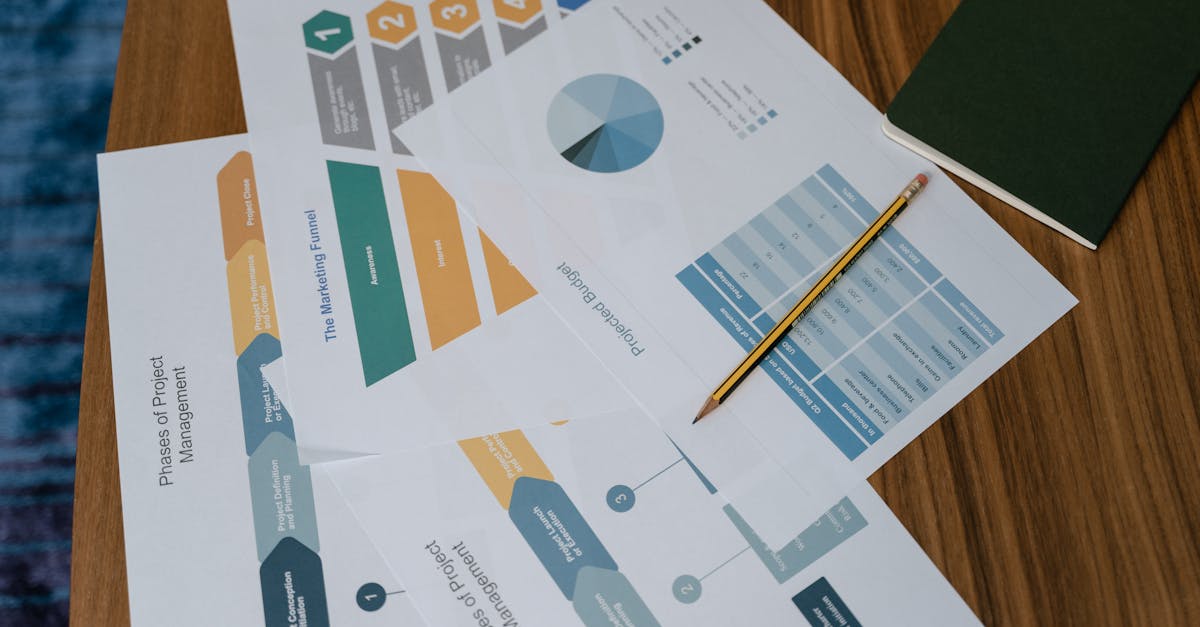
Introduction
Why this matters: If you manage HR, legal or compliance in a growing organisation, you know the pain — stale policies, fractured interpretations across teams, and audits that demand iron‑clad evidence. Manual drafting and manual routing slow work down and increase risk; document automation and AI-driven clause libraries can turn that fragmentation into repeatable, auditable workflows that scale.
This article shows how to put those capabilities into practice: the core AI features to prioritize, how to map AI into the policy lifecycle from authoring to acknowledgement, the security and audit controls you must enforce, integration checkpoints with HRIS/GRC/CLM, and ready-to-use templates and automation recipes to accelerate deployment.
Why AI is transforming policy management for HR, legal and compliance teams
AI is changing the game for policy management by turning slow, manual processes into repeatable, auditable workflows that scale across the organization.
HR, legal and compliance teams face overlapping demands: keeping policies current, ensuring consistent interpretation, and proving compliance to auditors. AI helps reduce the manual lift of drafting, tagging and mapping policies to controls — accelerating corporate governance and compliance management.
Key business impacts
- Speed and consistency: Draft common clauses and boilerplate quickly while enforcing a single policy framework across departments.
- Reduced risk: Automated risk detection and standardized language lower the chance of conflicting or non-compliant clauses in information security policy, risk management policy and other controls.
- Better evidence: Digital acknowledgement, traceable changes and semantic search make it easier to demonstrate policy management compliance during audits.
These capabilities come together in modern policy management software and policy management systems, enabling policy automation and making policy management best practices practical for growing teams.
Core AI features to look for: clause classification, automated localization, semantic search, and risk tagging
When evaluating policy management software, prioritize AI features that directly reduce manual effort and increase accuracy.
Essential features
- Clause classification: Automatically identify and label clauses (confidentiality, termination, data protection) so legal and HR can find and reuse standard language across documents.
- Automated localization: Generate jurisdiction-appropriate variants to support global teams and local labour law nuances — useful for employment agreements and local IT policy management.
- Semantic search: Search by concept, not exact wording, to locate relevant policies, precedents, and policy management PDF assets quickly.
- Risk tagging: Surface high-risk language and map it to your governance risk and compliance (GRC) categories so reviewers can prioritize remediation.
Combining these features supports effective policy lifecycle management and improves outcomes for compliance, legal and HR reviewers.
Designing the policy lifecycle with AI: authoring → review → approval → distribution → acknowledgement
Map AI into each stage of the policy lifecycle to boost throughput and traceability.
Authoring
Use AI-assisted authoring to generate first drafts from templates or existing corpus. Leverage clause classification to assemble documents from validated components and minimize bespoke drafting.
Review
AI-assisted review highlights inconsistent language, jurisdictional gaps and divergent clauses. Reviewers can focus on substantive issues rather than line edits.
Approval
Automate routing based on policy type and risk tags. Integrate role-based approval gates so legal, HR and compliance sign off in the correct sequence.
Distribution
Publish to a central policy portal or push policy management PDF versions to stakeholders. Use semantic search and metadata to make policies discoverable.
Acknowledgement
Automate acknowledgement workflows: targeted distribution to affected employees, reminders, and automated escalation for non-responders. Capture signed acknowledgements as evidence for audits.
- Tip: Embed review cadence and automated versioning into the policy lifecycle so the system enforces periodic review and reduces orphaned or stale policies.
Security, governance and audit controls for AI-driven policies: access, versioning and evidence collection
AI can increase velocity — but you must lock down governance to maintain trust and compliance.
Access and identity
Implement RBAC and integrate SSO (SAML/OIDC) so approvals and edits are mapped to authenticated users. Limit AI edit rights and provide separate roles for drafting vs. approving.
Versioning and immutability
Keep full version history with immutable snapshots and cryptographic checksums for any published policy management PDF or source. This supports regulatory audits and legal discovery.
Evidence and audit trails
Capture who asked the AI to generate content, what prompt or template was used, reviewer comments, approval timestamps and acknowledgment receipts. Store that metadata with the policy record.
Controls and validation
Validate AI outputs against a policy framework and existing control library (GRC) before publication. Maintain human-in-the-loop gates for high-risk policies and use periodic sampling to monitor AI quality.
Integration checklist: connecting policy AI to HRIS, GRC, CLM and SSO
For AI-driven policy workflows to work in practice, integrations are essential. Use this checklist to plan connectivity and dataflows.
Core integration items
- HRIS: Sync employee attributes (location, department, manager) to scope distribution and automatic acknowledgement routing.
- GRC: Map policy to controls, risks and audit findings so policy changes automatically surface in risk registers.
- CLM (Contract Lifecycle Management): Link policy clauses to contract templates and clause libraries so changes cascade appropriately into active contracts.
- SSO & IAM: Configure SAML/OIDC for authentication, and align RBAC so approvals and edits are traceable to individuals.
- APIs & Webhooks: Use event-driven notifications for publish events, acknowledgement receipts, and review reminders.
- Document store & DLP: Ensure published policy management PDFs and source documents are stored in a secure repository with DLP and retention policies.
Test end-to-end scenarios (hire, role change, policy update) and confirm evidence flows into your GRC reporting and audit exports.
Recommended Formtify templates and automation recipes to accelerate deployment
Use pre-built templates and automation recipes to shorten time-to-value. The Formtify set below maps well to HR, legal and compliance needs.
- Privacy Policy / Agreement: https://formtify.app/set/privacy-policy-agreement-33nsr — good baseline for data handling and privacy clauses.
- Data Processing Agreement: https://formtify.app/set/data-processing-agreement-cbscw — use with automated localization for jurisdictional compliance.
- Employment Agreement (California): https://formtify.app/set/employment-agreement—california-law-dbljb — example of a region-specific template you can reuse and localize.
- Job Offer Letter: https://formtify.app/set/job-offer-letter-74g61 — tie to HRIS triggers to automate distribution when a candidate is hired.
Automation recipes to consider
- Auto-generate policy drafts from clause libraries and convert to policy management PDF for review.
- Trigger localized variants when an employee’s location changes, using automated localization to create compliant versions.
- Route policies to reviewers based on risk tagging and enforce multi-stage approvals via CLM or GRC connectors.
- Auto-send acknowledgement requests to employees from HRIS data and capture signed receipts back into the policy record.
Pair these templates and recipes with a policy management system that supports policy lifecycle management, IT policy management, and integration into your governance risk and compliance stack to get the fastest, most auditable results.
Summary
We’ve covered the practical AI features, lifecycle mapping, security controls, integration checkpoints, and ready-made templates and automation recipes you need to move from manual policy drafts to repeatable, auditable workflows. Document automation helps HR and legal teams cut drafting time, enforce consistent language, and capture verifiable evidence for audits — reducing risk while freeing reviewers to focus on substantive issues. Implementing an AI-driven policy management approach with clear governance, versioning, and integrations lets growing organisations scale controls reliably. Ready to accelerate deployment? Explore templates and automation at https://formtify.app
FAQs
What is policy management?
Policy management is the process of creating, approving, publishing, maintaining and demonstrating compliance for organisational policies. It covers the full lifecycle — authoring, review, approval, distribution and acknowledgement — and includes versioning and evidence collection so you can show auditors what changed, when, and why.
Why is policy management important?
Policy management ensures consistent expectations and controls across the business, reducing legal and compliance risk. It also makes it practical to provide auditors with traceable evidence, improves employee awareness through targeted distribution, and helps organisations respond quickly to regulatory or operational changes.
How do you implement a policy management system?
Start by mapping your policy lifecycle and identifying integration points (HRIS, GRC, CLM, SSO). Choose software with AI-assisted authoring, clause libraries, semantic search and risk tagging, enforce RBAC and versioning, configure human-in-the-loop gates for high‑risk items, and test end-to-end workflows before rollout.
What are best practices for policy management?
Use standard templates and clause libraries, embed automated review cadences, and apply semantic search and risk tagging to prioritise work. Enforce strong access controls, capture full audit metadata (prompts, reviewers, approvals, acknowledgements), and integrate with HRIS and GRC so policy changes flow into operational processes.
What is the difference between a policy and a procedure?
A policy states high‑level rules, principles or organisational intent — the “what” and “why” — while a procedure describes the specific steps to achieve or comply with that policy — the “how.” Both should be linked in your system so employees can find the procedure behind each policy and evidence compliance when needed.





